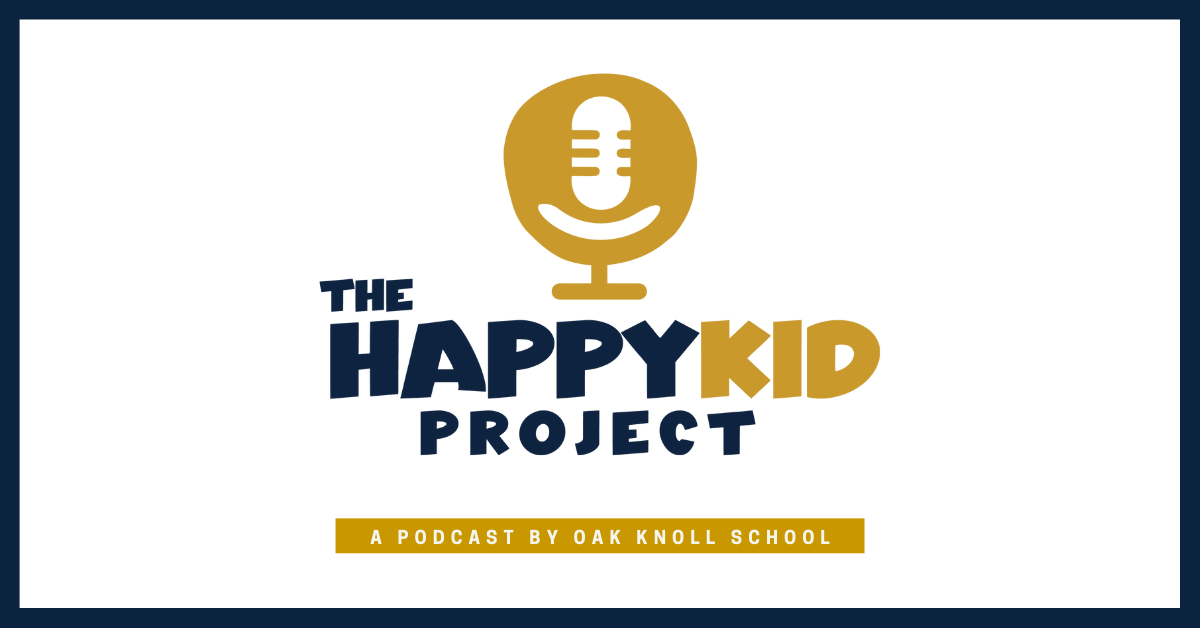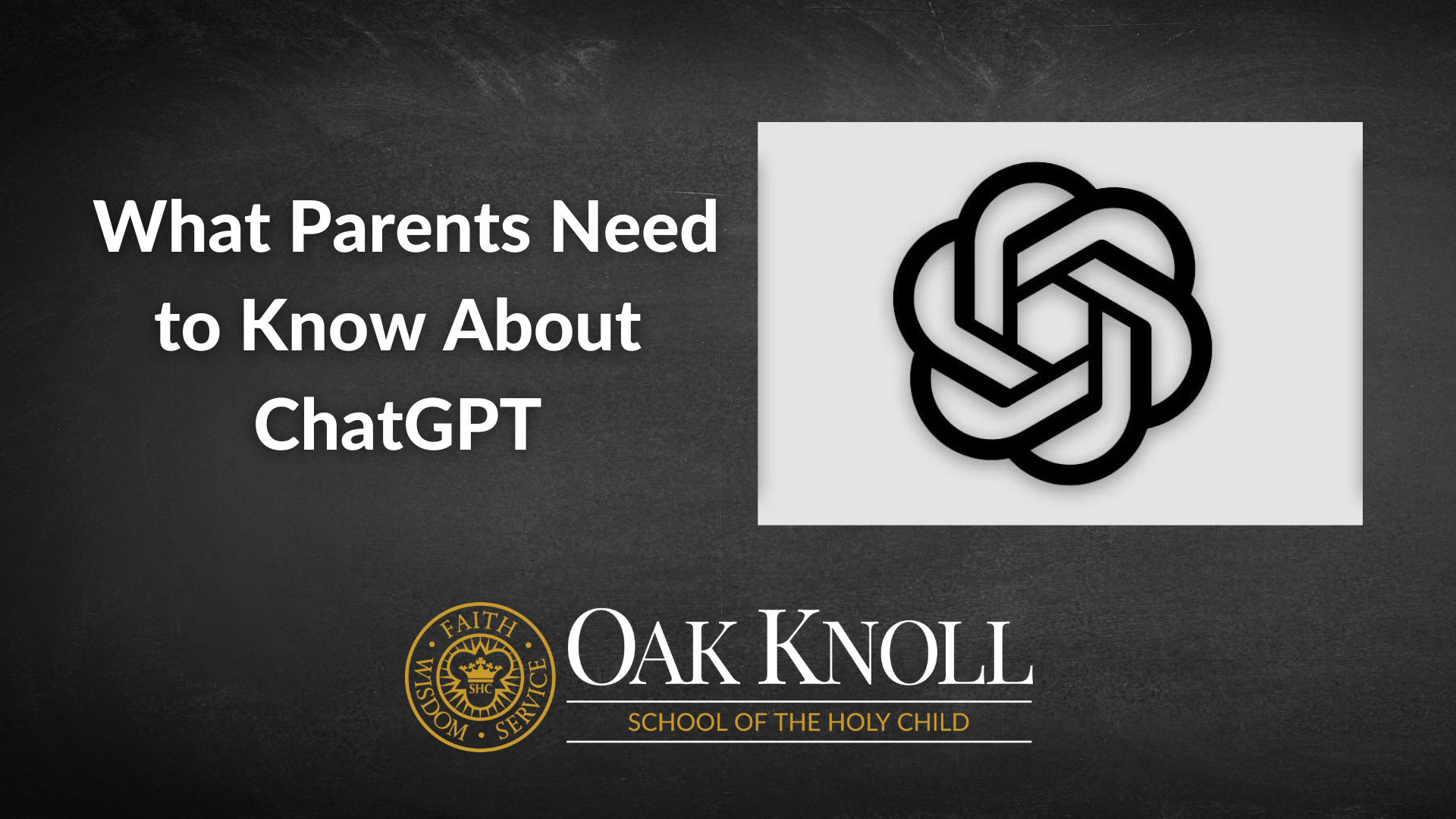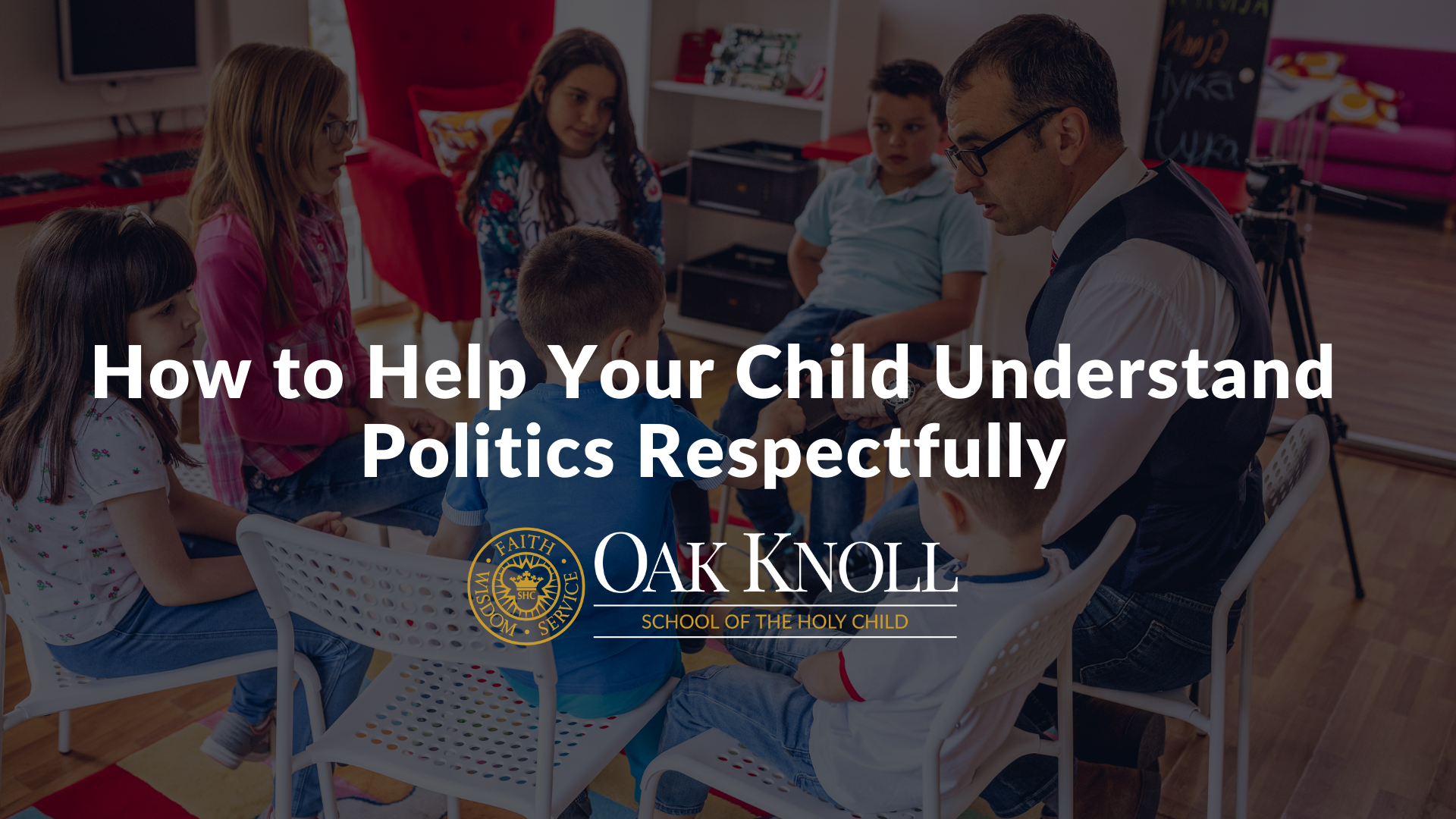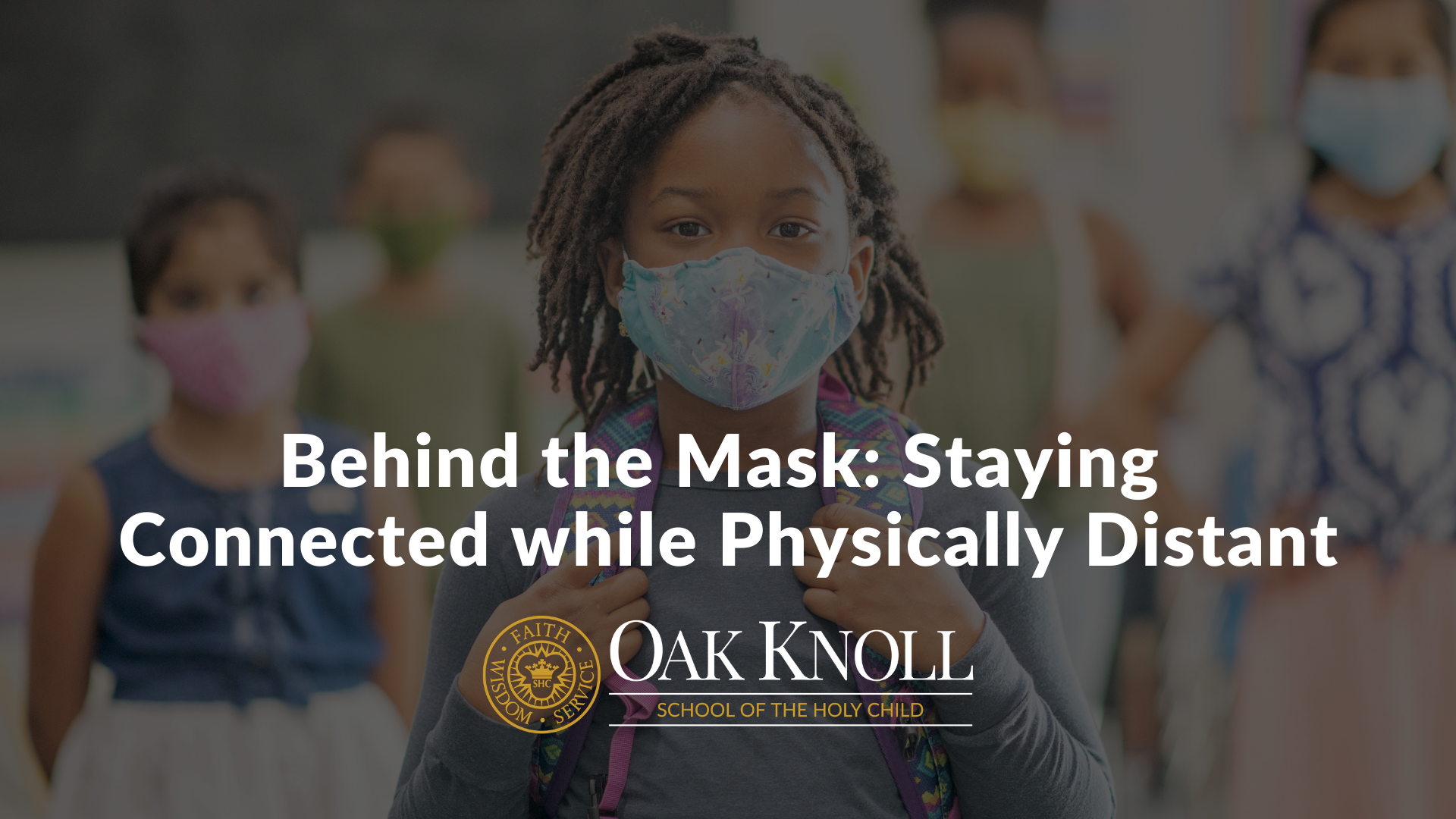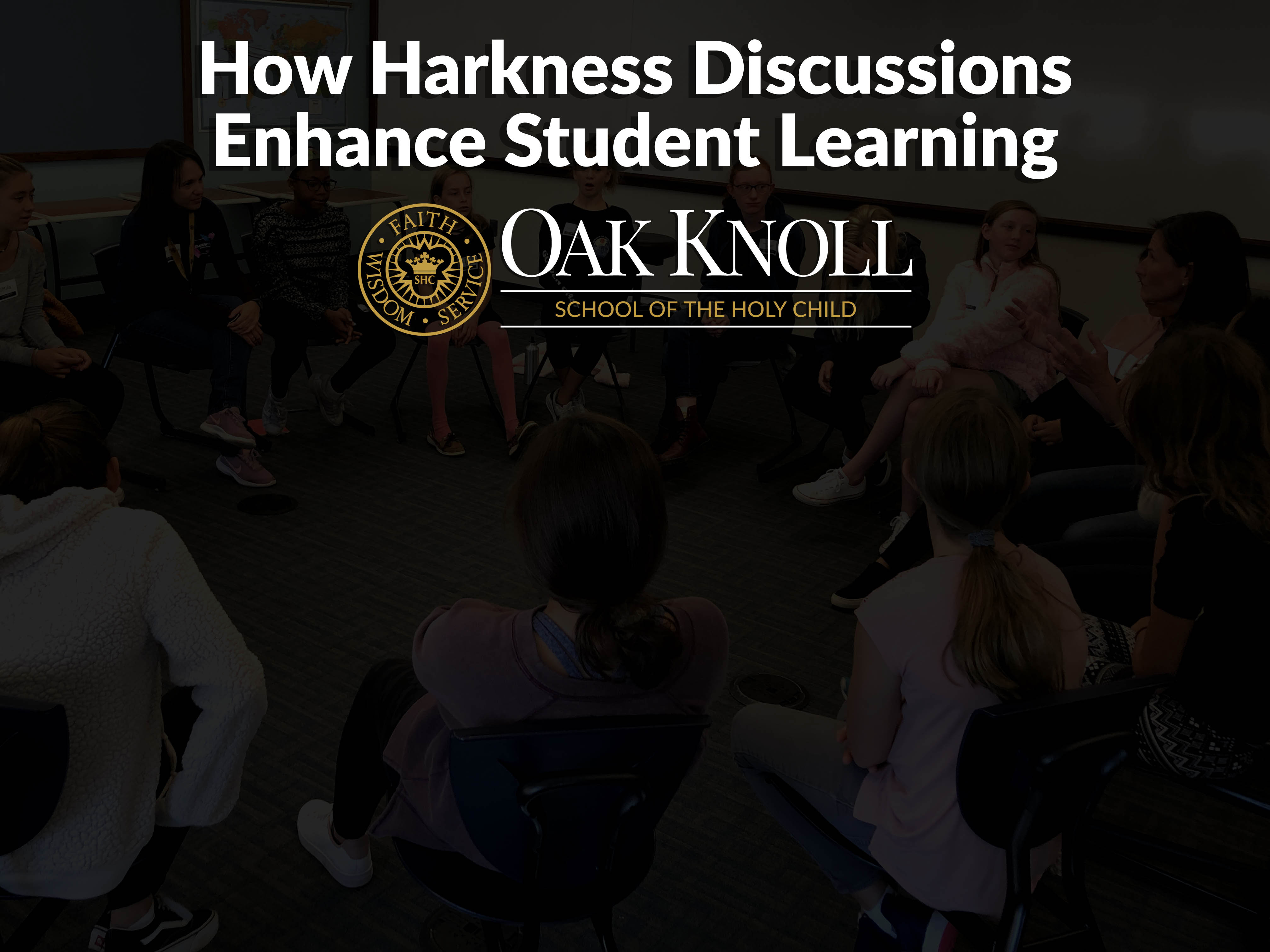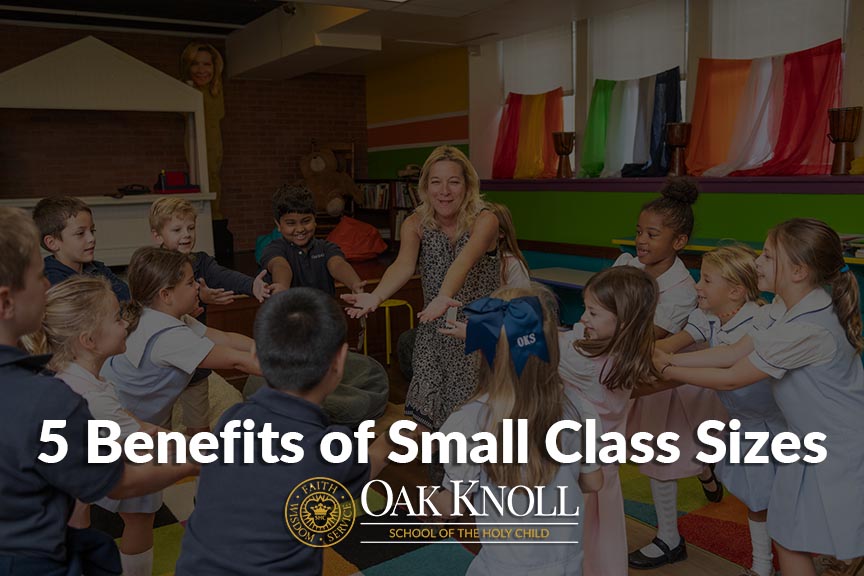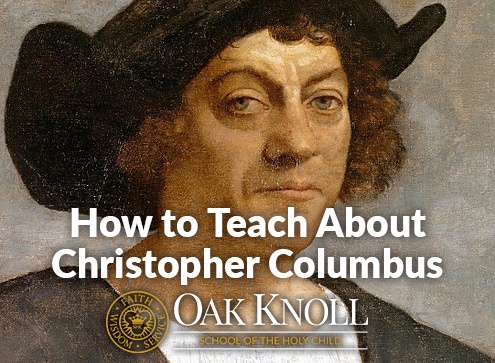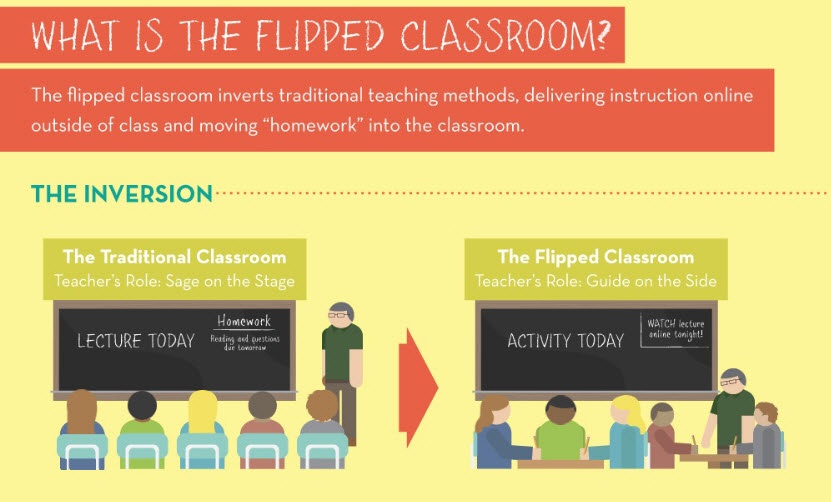Podcast: Physics First – Why Oak Knoll Students Learn Physics in 9th Grade
Topics: teaching, education, all-girls, STEM, science, building confidence, academics, podcast
I Asked ChatGPT What Parents Need to Know About ChatGPT
New York City Schools have just blocked access to ChatGPT for all students and faculty. If you aren’t a technical person, you may be asking, “What’s ChatGPT?” If you are a tech person, skim over the next paragraph because you’ve probably been hearing about nothing but ChatGPT since last November when it was released.
Topics: technology, robots, engineering, teaching, education, computer science, high school, parenting, internet safety, academics, writing skills, Artificial Intelligence
Pre-kindergarten students at Oak Knoll School of the Holy Child in Summit, New Jersey, are immersed in hands-on learning. Through our method of teaching, students actively engage in real-world projects, which leads to competent thinking, better management skills and understanding of complex problems.
Topics: engineering, teaching, education, STEM, classroom, elementary school, coeducation, kindergarten ready, growth mindset, pre-K, academics
How to Help Your Child Understand Politics Respectfully
Undoubtedly, there has never been a more turbulent election year. As the country still wades through the lasting effects of the COVID-19 pandemic and amid racial and ethnic inequities still piling onto structural racism, this election runs deep – and differently – for everyone.
Children, in fact, can pick up on political banter and news soundbites, often leaving them unsure about what they are hearing or about what it means.
It is important that parents and educators provide children the tools they need to understand politics respectfully, and age appropriately.
Here are some helpful tips on how to help your children understand politics respectfully.
Topics: election, teaching, high school, elementary school, parenting, middle school, politics
Behind the Mask: Staying Connected while Physically Distant
This fall, parents who were able to send their children into the classroom – whether a full day or via hybrid model – lined up their children’s backpacks and pencil cases the night before their first day of classes. Also sitting among that pile of new school supplies was 2020’s newest necessity required for in-person school days – a mask.
While the CDC requires that masks be worn this fall while in the classroom and out in public to help keep COVID-19 at bay, this new normal does not arrive without its challenges.
One of the biggest challenges with mask-wearing is that faces are covered, therefore making social cues less reliable and sometimes difficult for children to interpret.
With the school year well underway, here are some helpful tips on how teachers and children can connect with one another when faces are not fully visible.
Topics: teaching, elementary school, social and emotional learning, Coronavirus
How Harkness Discussions Enhance Student Learning
When I taught middle school, one of my colleagues periodically mentioned facilitating Harkness discussions in her senior class. I never thought to inquire more (my middle schoolers kept me busy!), but I was intrigued by the details she provided when she talked about it. After I returned to teaching high school seniors, I saw that the New Jersey Association of Independent Schools was offering a workshop on how to facilitate Harkness discussions and decided it was time to learn about this method of teaching. I signed up and, on a cold winter day, went to The Lawrenceville School to learn about the Harkness method.
There are proven benefits of small classroom sizes - from increased achievement to higher graduation rates. The way students learn and perform are significantly impacted by a small classroom environment - specifically those with fewer than 20 children. Students are more likely to receive individualized attention, which enhances learning opportunities, improves behavior, builds a community and produces overall better results, from test scores to grades.
Topics: teaching, classroom, elementary school, tips, success skills
When teaching students about Christopher Columbus in 2018, it’s important to take many different perspectives into consideration. Students – even those in elementary school – are capable of understanding different perspectives. Students must be encouraged, in an age-appropriate way, to research and develop their own opinions about this part of our history.
‘Flipped Classrooms’ Place Students at Center of Learning
“Bueller? Bueller?” This is a phrase that crosses the mind of many when they think about school. Students sitting in perfectly aligned rows either hanging on every word the teacher says or their heads down taking a quick nap. In this classroom from the movie “Ferris Bueller’s Day Off,” the teacher stands at the front of the classroom endlessly speaking in a monotonous tone about this and that.
Luckily, classrooms no longer operate in that fashion. New teaching techniques, and advances in technology, have changed the direction of classrooms. Now, “flipped classrooms” are combining that technology and a new style of teaching that placesstudents at the center of learning. Vanderbilt University defines this new type of classroom as a way for students to gain exposure to new material outside of class by reading or viewing lecture videos at home, and using class time for more in-depth knowledge exercises, through problem-solving, discussion or debates.Flipped classrooms are changing and enhancing student comprehension by allowing for student ownership of learning, student-directed learning, as well as easier access to content for both students and parents.
Topics: flipped classrooms,, teaching, education



